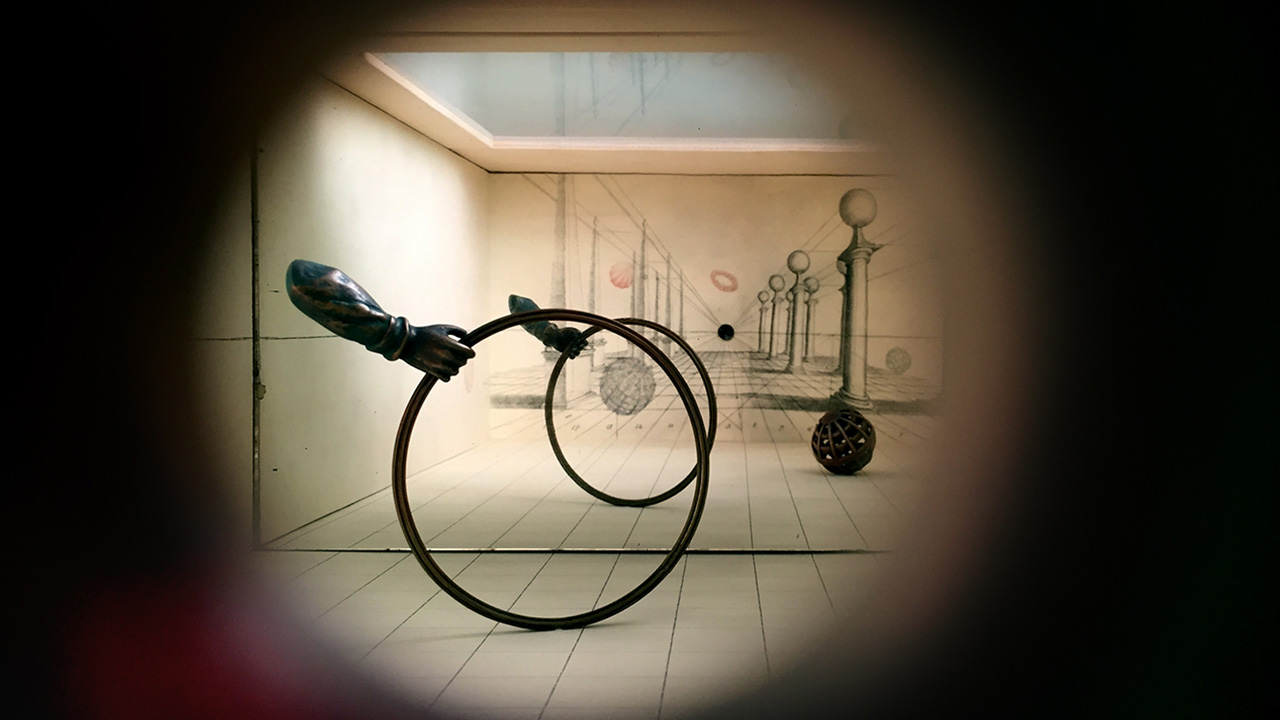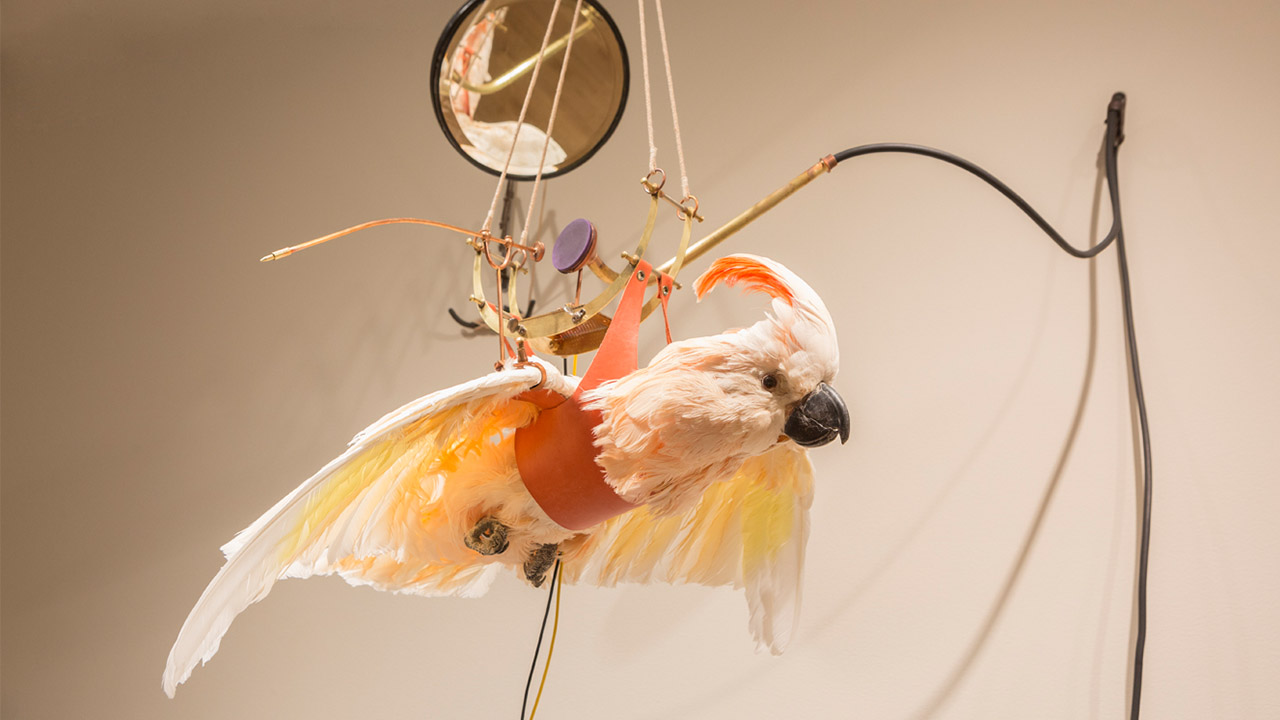

Martha Glowacki has spent her career finding ways to make, and work with, art. Along the way, she has worked as a teacher, an independent curator, and a gallery director, while continually pursuing her work as a studio artist.
Students and aspiring visual artists often ask her for ideas on ways to build a career. “I’ll hear ‘So I want to be an artist,’ followed quickly by ‘but how can I really make that work?’” reports Glowacki, who hopes to offer some possibilities when she speaks to students and the public on Monday, Oct. 11 at 12:30 p.m. at the UW-Platteville Baraboo Sauk County campus in Baraboo.
Her overriding interest as an artist and curator is in what she calls the “History of Natural History.” She relates that “right before the pandemic, I was working for the Wisconsin Academy [of Sciences, Arts, and Letters] on recreating the Academy's original Natural History Cabinet that used to be in the State Capitol.” The resulting exhibition was closed due to COVID-19 restrictions, but to Glowacki it’s an example of the ways an artist’s own interests can find outlets in unexpected ways. “There are many ways to work in the broader community [as an artist]. Most of us are not going to be famous artists, and we’re not all going to be teaching.”
Glowacki’s interest in the intersection of art and natural history started as a child near Milwaukee, where she would regularly visit the Milwaukee Public Museum and was mesmerized by the displays and collections. She is also fascinated by the history of scientific illustration, which scientists have long used to depict what they observe in the natural world. “There is a real connection between the spark of creativity of an artist, and the spark of creativity of a scientist, and how those mesh in the ways each gets their ideas,” she says, which is a connection she continues to explore.
Early in her career, she taught metalsmithing at UW-Madison and has long brought that experience and expertise to her own sculptures. “My work has tended to be fairly small, because of the metal techniques involved…I also use a lot of found components.” One of her favorites is a cabinet titled “My Arcadia” at the Chazen Museum in Madison, with drawers that can be opened and gone through by observers, filled with smaller pieces, both fashioned and found, that she arranges and assembles thoughtfully.
Glowacki hopes that students, or anyone who comes to her talk can learn about how an artist can bring their interest and skill to lots of kinds of work. “I’ve taught for a long time, and I just want anyone to not get discouraged if they don’t have a lot of recognition early on, or if it disappears for a while. You just need to keep working.”
Martha Glowacki’s work can be viewed on her website http://www.marthaglowackiartist.com/.